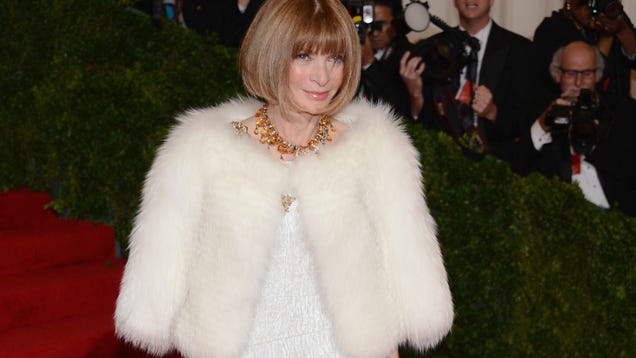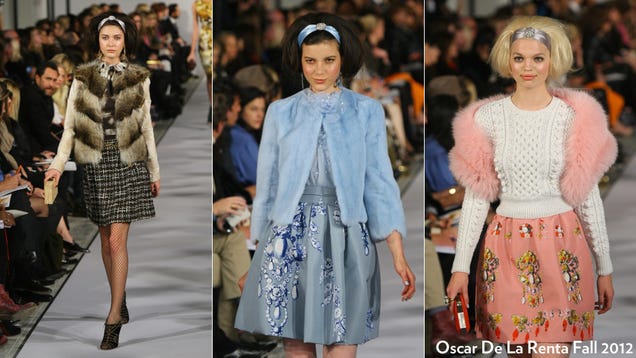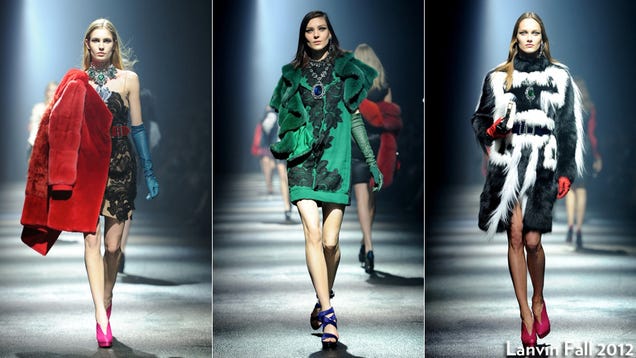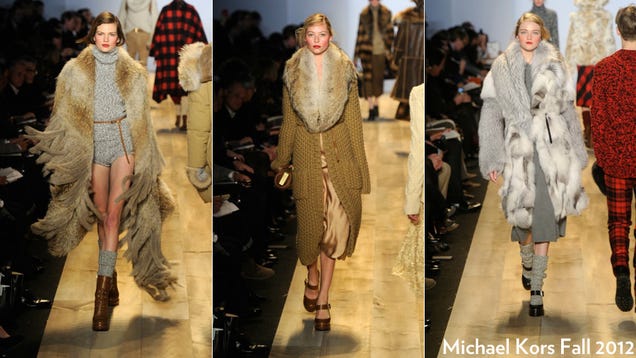The Ultimate Guide to Shopping for a Mink Coat

Cognac Swing Mink Coat
1. Quality of the Mink
-
Softness: High-quality mink should be extremely soft to the touch.
-
Density: The fur should be dense and evenly distributed.
-
Length: The length of the fur can vary, but it should be consistent throughout the coat.
-
Color: Mink coats come in a variety of colors, including natural, dyed, and tipped. Ensure the color is even and consistent.

Blackglama Mink Coat Notch Collar
2. Type of Mink
-
Female Mink: Considered to be of higher quality, female mink is softer and more dense.
-
Male Mink: Male mink is slightly coarser than female mink but still offers excellent quality.
-
Ranch Mink: Ranch mink is farmed mink, considered to be of lower quality than wild mink.
-
Wild Mink: Wild mink is considered to be of higher quality, with a more natural texture and color.

Chartreuse Green Mink Coat
3. Construction and Craftsmanship
-
Seamwork: Look for even, secure seams that won’t come undone easily.
-
Lining: A high-quality mink coat should have a luxurious lining, such as silk or satin.
-
Hemming: The hem should be even and secure, with no signs of fraying.
-
Buttonholes and Buttons: Buttonholes should be reinforced, and buttons should be securely attached.

Custom Designed White Mink Men’s Fur Coat
4. Style and Fit
-
Length: Mink coats can range from short, jacket-style coats to long, floor-sweeping coats.
-
Sleeves: Sleeves can be full-length, three-quarter length, or sleeveless.
-
Collar: Collars can be high, low, or shawl-style.
-
Fit: Ensure the coat fits well, with a comfortable, flattering silhouette.

Demi Mink Coat Horizontal
5. Price and Value
-
Budget: Set a budget before shopping for a mink coat.
-
Comparing Prices: Research and compare prices from different retailers to ensure you’re getting the best value.
-
Investment Piece: Consider a mink coat as an investment piece, as it can last for many years with proper care.

Full Length Ranch Mink Coat
6. Brand and Reputation
-
Experience: Look for brands with experience in producing high-quality mink coats.
-
Reviews: Read reviews from other customers to get an idea of the brand’s reputation

Demi Mink Coat White Mink Notched Collar
-
Storage: Store your mink coat in a cool, dry place away from direct sunlight.
-
Cleaning: Avoid cleaning your mink coat yourself, as this can damage the fur. Instead, take it to a professional fur cleaner.
-
Conditioning: Regular conditioning can help keep your mink coat soft and supple.

Cold Fur Storage
8. Warranty and Return Policy
-
Warranty: Look for a retailer that offers a warranty on their mink coats.
-
Return Policy: Ensure the retailer has a flexible return policy in case you need to return or exchange your coat.
9. Certifications and Labels
-
FurMark: FurMark is a certification that ensures the fur meets certain standards of quality and sustainability.
-
Origin Assured: Origin Assured is a label that ensures the fur comes from a country that meets certain standards of animal welfare.
10. Sustainable and Eco-Friendly Options
-
Recycled Fur: Some retailers offer recycled fur coats, which can be a more sustainable option.
-
By considering these factors, you’ll be well-equipped to find a high-quality mink coat that meets your needs and budget. Remember to research, compare prices, and prioritize quality, craftsmanship

Used Demi Mink Coat












